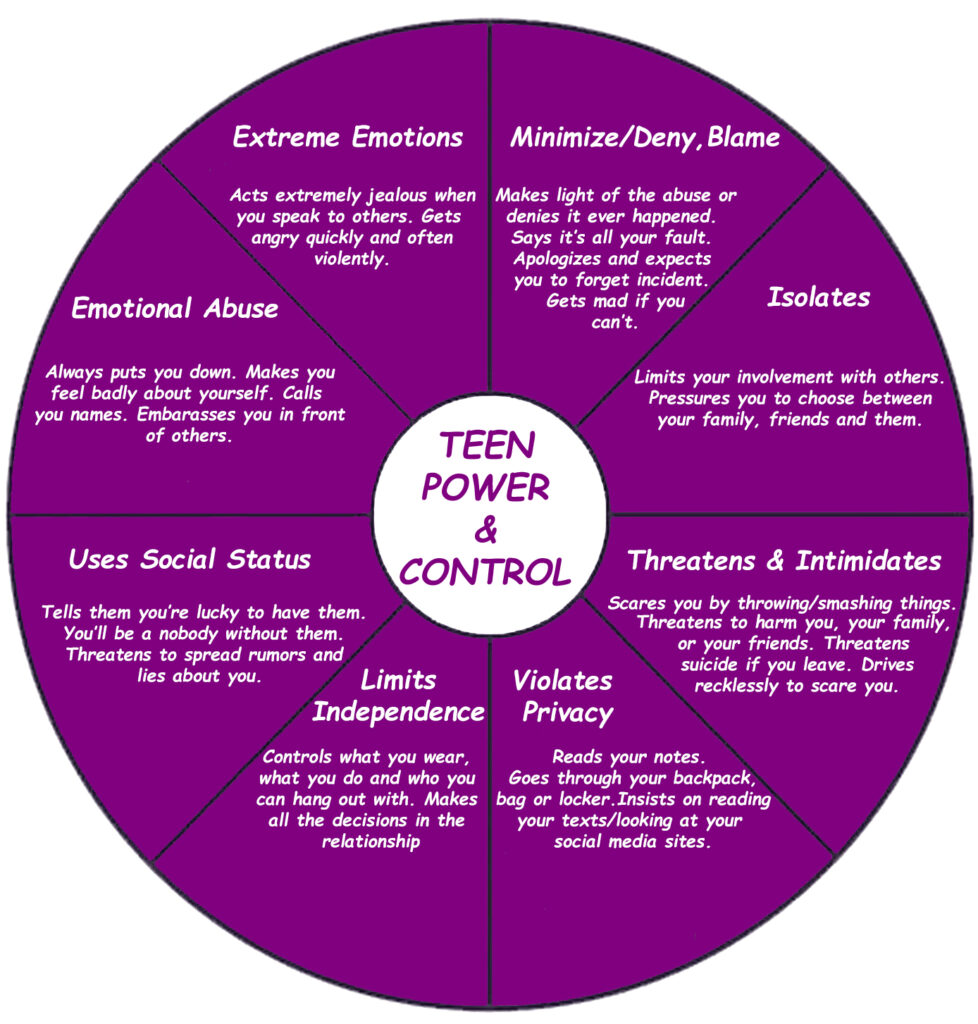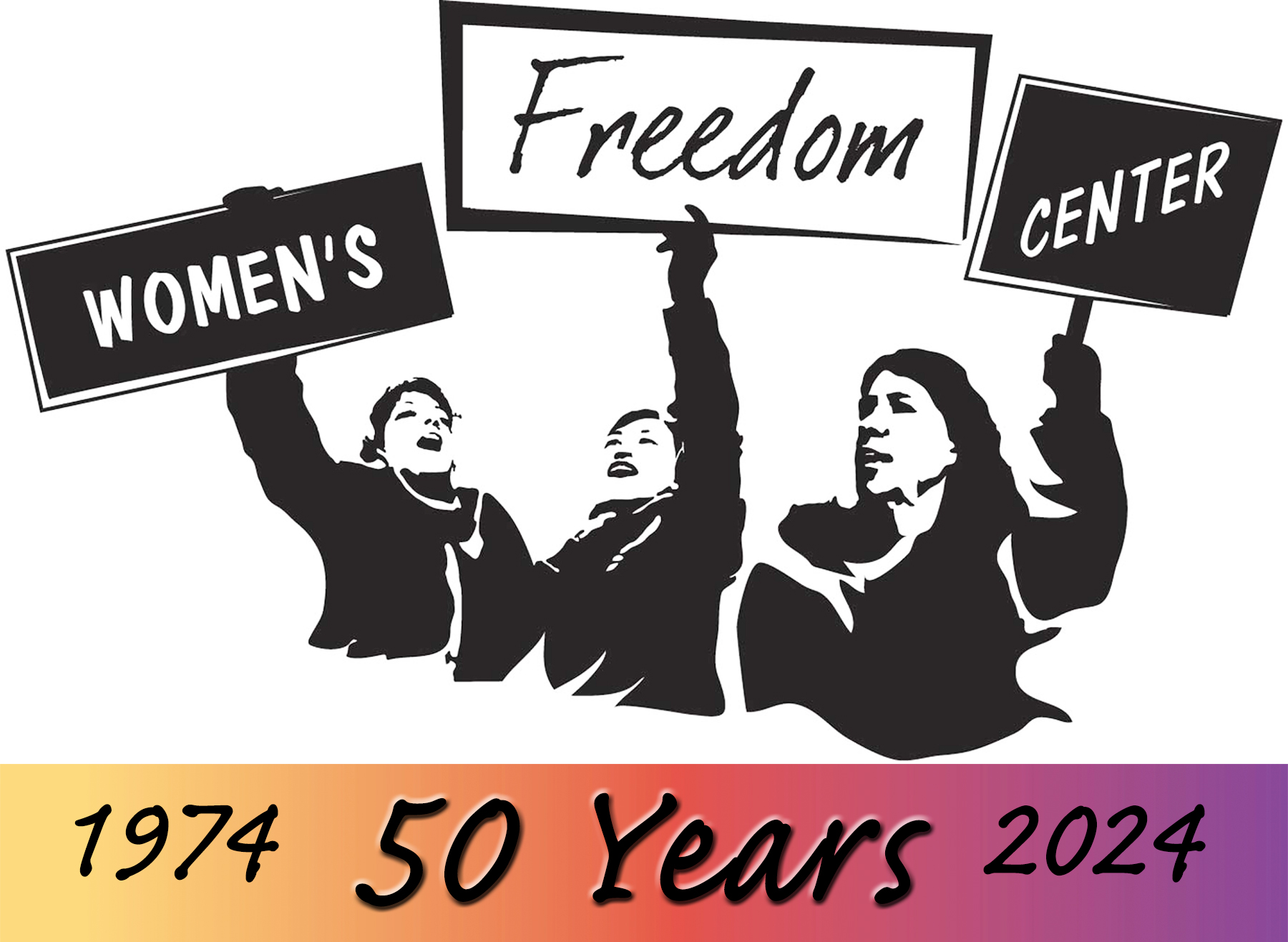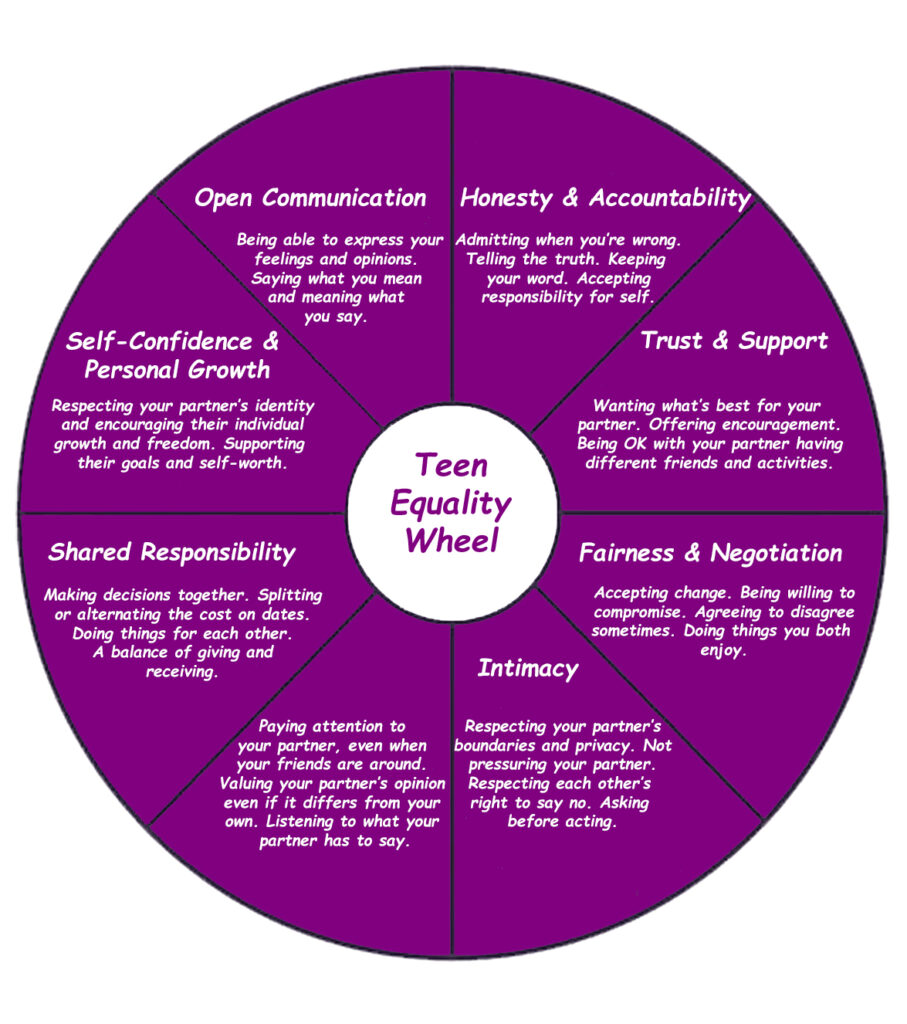- 1 in 3 teens in the U.S. experience physical abuse from a dating partner
- One-quarter of high school girls have been victims of physical or sexual abuse
- Girls and women between the ages of 16-24 experience the highest rates of dating violence
- Only 33% of teens who were in a violent relationship ever told anyone about the abuse
Although teen dating violence is similar to adult domestic violence, there are some important differences…
Teens that are new to dating may have unrealistic or unhealthy expectations. If teens don’t feel that they have strong models of healthy relationships to look up to, they may look to popular culture to learn what a relationship should look like. This can be problematic with the promotion of unhealthy relationships like those seen on TV or on the radio. These examples of relationships can be negative and often romanticize or fail to condemn unhealthy behaviors. This affects not only how teens perceive their own relationships, but also the type of advice that they give to their friends.
It’s difficult for teens to get away from their abusive partners. Teens may not drive, may not have a vehicle or may be limited in where they are allowed to drive. They often attend the same school as their abuser, so it’s difficult to avoid seeing their partner daily. They may share a friend group with their abuser, so it’s hard for them to know who they can trust.
Because of these difficulties, teens sometimes feel like it’s impossible to end the relationship or to get away from their abuser. They may not seek resources from their school or community for protection.
VISIT OUR “FOR TEENS” SECTION FOR GREAT RESOURCES AND MORE INFORMATION!


